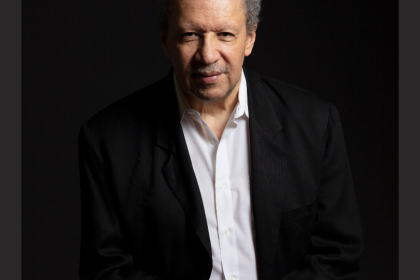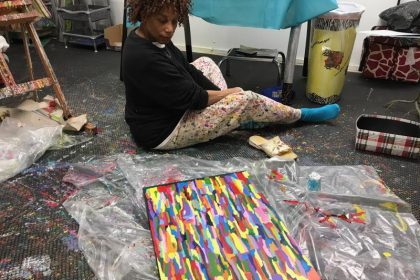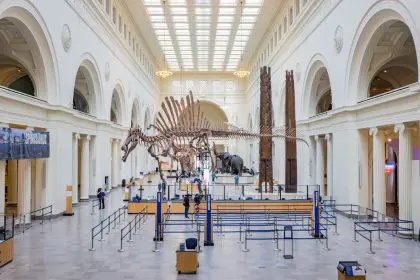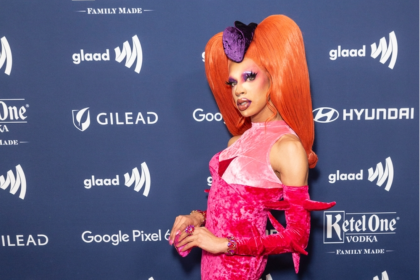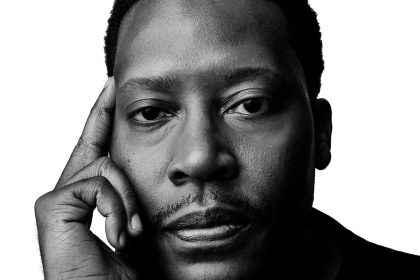Global museums celebrate Black excellence through groundbreaking shows
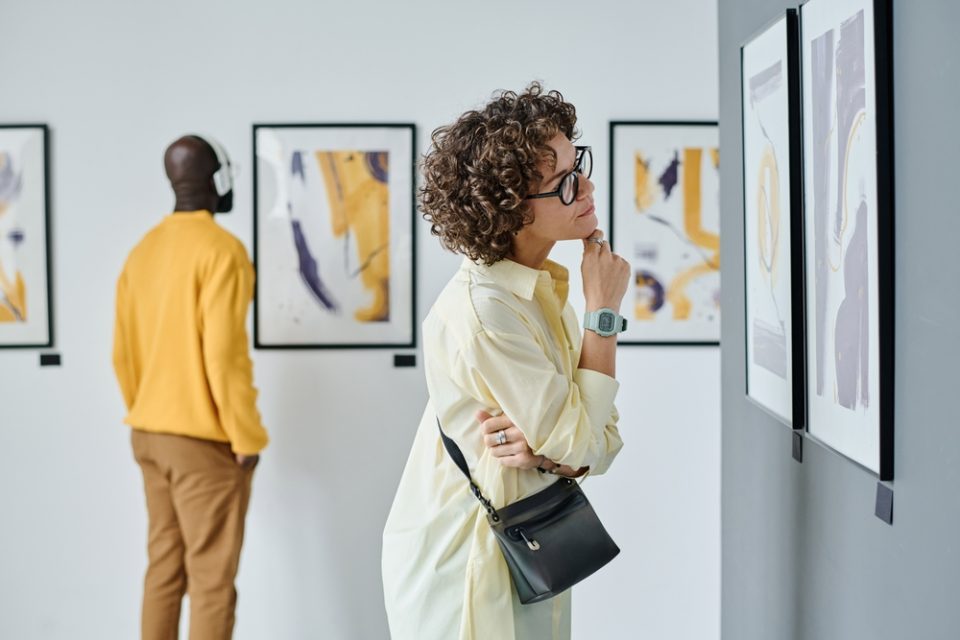
This winter, the art world is experiencing a remarkable celebration of Black creative brilliance, with institutions across the globe presenting exhibitions that not only highlight the past but also challenge and redefine contemporary art. From intimate showcases to large-scale retrospectives, these exhibitions offer an insightful look at the ongoing evolution of Black art, highlighting its profound impact on both cultural heritage and modern artistic expression.
Cultural legacy through contemporary lens
Several leading institutions are exploring the intersection of history and modernity in Black art, weaving together past narratives with contemporary voices. The Museum of Modern Art (MoMA) and the Art Institute of Chicago are at the forefront of this trend, presenting exhibitions that examine how today’s artists are reshaping the conversation about Black culture.
Marlon Mullen is a prime example of an artist who bridges the gap between historical traditions and innovative contemporary expressions. His reinterpretation of art publications challenges conventional narratives about race, identity, and the art world’s standards. Meanwhile, the expansive “Project a Black Planet” exhibition invites viewers to explore how current Black artists honor their roots while pushing the boundaries of what is considered contemporary art.
These exhibitions show how modern artists are not only interpreting history but also creating new pathways for cultural dialogue through their work. They exemplify how art can both reflect and shape the evolving cultural landscape, addressing issues such as race, identity, and societal change.
Global perspectives on Black art
While Black art is deeply rooted in the experience of the African diaspora, it also carries universal themes that resonate globally. This winter’s exhibitions make it clear that Black artists are not just influencing one part of the world—they are making their mark across the globe.
Internationally, major art venues are celebrating the power of Black art, with exhibitions in cities like Beijing, Paris, and London highlighting the global reach and significance of Black artists. One such exhibition, at the UCCA Center for Contemporary Art in Beijing, showcases the work of Lubaina Himid, a British artist whose work explores themes of history, identity, and cultural representation. Himid’s work challenges traditional European narratives and emphasizes the power of Black voices in contemporary art.
Similarly, Palais de Tokyo in Paris is hosting a retrospective of Rammellzee, a legendary figure in graffiti art and hip-hop culture. His work, deeply rooted in the New York street art scene, is a testament to the global impact of Black artists in shaping modern visual culture. These exhibitions demonstrate that Black art is not confined to any one region—it speaks to a worldwide audience, and its influence continues to grow.
Innovation in medium and message
This season’s exhibitions also highlight the innovation in both the materials and the messages used by Black artists. Today’s exhibitions go beyond traditional media like painting and sculpture, embracing multimedia installations, digital art, and performance to express new ideas.
The Hammer Museum in Los Angeles is one of the standout venues, paying tribute to Alice Coltrane, a jazz musician and spiritual leader whose work fuses music with visual art. The exhibition explores how Coltrane’s musical legacy intertwines with her art, using sound and visual elements to explore themes of transcendence, spirituality, and cultural unity.
Other exhibitions are pushing the boundaries of artistic form, such as those featuring mixed-media works, digital art, and video installations that reflect the modern Black experience in innovative ways. The wide variety of mediums used in these exhibitions demonstrates the flexibility of Black art to adapt to and challenge contemporary issues.
Historical context and contemporary relevance
Another important aspect of this winter’s exhibitions is how museums are contextualizing Black art within a broader historical framework. Many institutions are combining historical narratives with contemporary interpretations to emphasize the continued relevance of Black art in today’s world.
For example, the National Civil Rights Museum in Memphis is presenting an exhibition dedicated to Bayard Rustin, a key figure in the civil rights movement. Through photographs, artifacts, and multimedia displays, the exhibition highlights Rustin’s role in shaping the fight for racial justice and his continued relevance in today’s social and political landscape.
Similarly, the Brooklyn Museum is hosting a retrospective of Elizabeth Catlett, one of the most significant figures in African American art. Catlett’s work, which spans sculpture, printmaking, and drawing, explores issues of race, identity, and social justice, resonating just as strongly today as it did when it was first created.
These exhibitions help viewers understand that Black art is not just a historical artifact—it is a living, evolving force that continues to inspire and provoke. The historical context provided in these shows deepens the viewer’s understanding of contemporary Black art and reinforces its significance in today’s cultural dialogue.
Emerging voices and established masters
The balance between celebrating established masters and showcasing emerging voices is another notable feature of this winter’s Black art exhibitions. While retrospectives of renowned artists like Elizabeth Catlett and Rammellzee continue to draw attention, there is also a strong focus on rising stars who are shaping the future of Black art.
These emerging voices are not just making waves in galleries—they are creating new spaces for Black artists in the art world. Exhibitions like “Project a Black Planet” and various shows at the Studio Museum in Harlem are dedicated to highlighting these young artists who bring fresh perspectives and new techniques to the table.
Emerging artists are breaking down boundaries and rethinking what Black art can be, bringing new ideas and energy to the global conversation about race, culture, and identity. Their work is pushing the art world to evolve and engage with new narratives and diverse perspectives.
Impact on cultural dialogue
The impact of these exhibitions extends far beyond the art world. They are fostering important conversations about representation, identity, and cultural heritage. At a time when the conversation around race and equity is central to global discourse, these exhibitions are more relevant than ever.
As more institutions embrace Black art, the significance of representation in the art world grows. These exhibitions are contributing to a much-needed shift in the way art institutions approach and present Black art, reflecting a broader cultural movement toward inclusivity and diversity. They also help shape the way the public perceives Black art, transforming it from a marginalized field to a central aspect of the global art conversation.
As the winter season unfolds, these exhibitions continue to redefine the role of Black art in contemporary culture. They demonstrate that Black art is not just about history—it is about shaping the future of artistic expression, cultural understanding, and social change. By embracing these exhibitions, visitors are not only supporting Black artists but also participating in a global conversation that will resonate for years to come.



